Iwamikagura and kaguramenkoubou
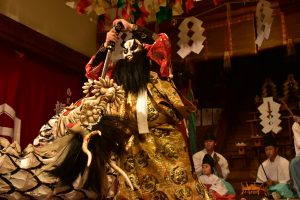
Iwami Kagura is a world-famous folk performing arts with its powerful and overwhelming performance, but its origins are Kagura dances dedicated to gods in shrines, and in particular Iwami Kagura is a dedication dance called Saeki Shinto, which still remains in Matsue. Is said to have changed. People tend to hide behind the flashy productions, but now all of the people in Kagura are danced with the dedication to God.
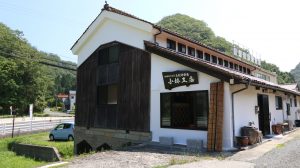
Kobayashi Kaguran workshop in Onsentsu Onsen is producing Kagura used for Kagura.
In addition to the tour of the production process of the Kagura side, we also have a painting experience of the Kagura side.
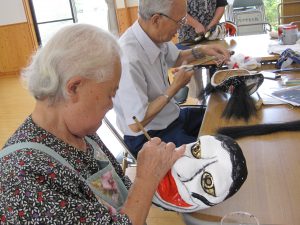
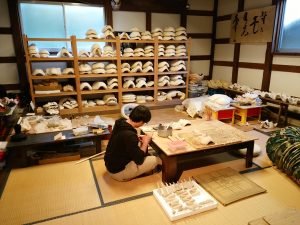
At night of the weekend, night Kagura performances are held every week at the Ry е‰Ќ mae Shrine in Onsentsu Onsen, which is said to be open year 1300. The hot spring Tsu hot spring itself is also a retro-styled city designated as an important traditional building group (preserving townscape) of the country.
Culture area of ​​Tatara iron
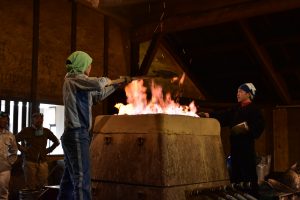
The traditional iron making technique “Tatara” developed in Japan that appears in the movie “Mononoke”. In
Shimane, iron making has been carried out since ancient times using sand iron and charcoal from the mountainous area of ​​China, and its production volume is said to have accounted for more than half of its domestic production volume in the late Edo period to the beginning of the Meiji period. You are
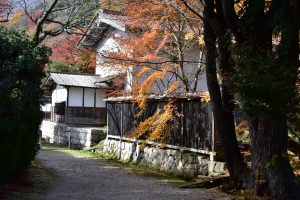
You can not produce Tamagawan, which is indispensable for producing Japanese swords, unless you use iron. Visit the landscape, history, and traditions created by Tatara in Yunnan and Oku Izumo.
Ichibatayakushi
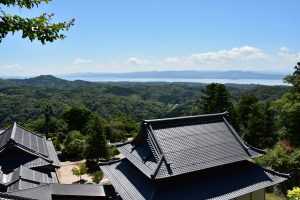
On the way from Matsue to Izumo, the Zen temple of Rinsei sect on the mountain 200 meters above sea level overlooking Lake Shinji.
The creation is a temple that is popular among the locals as an ophthalmologist who works for eye diseases, dating back 1300 years. The view from the top of the mountain is just amazing. There is also a cottage where you can stay.
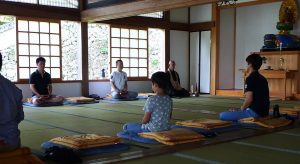
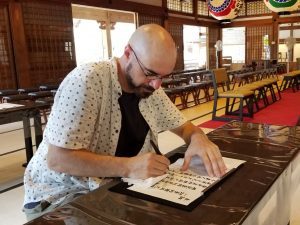

Here you can also experience Zen cuisine, such as experience of sitting on the floor and taking pictures, if you make a reservation in advance. In October there is also a sacred site visit to the Akaura coast where the main shrine’s medicine doctor Nagura appeared.
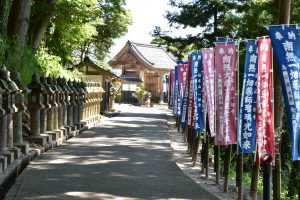
How about experiencing a day away from the world at Zenji Temple in Yamakami?
Matsue Castle and Koizumi Yakumo
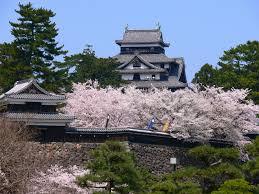
Although it is Matsue Castle which is also a symbol of Matsue, this castle built in the early Edo period is a castle with a structure for practical battle and is designated as a national treasure. Because of the events involved in the construction of Matsue Castle, Matsue still has a custom that does not perform Bon dance. I’m looking forward to seeing why. Yakumo Koizumi, who is famous for his “Kidan”, also writes the story for him.
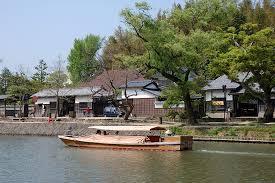
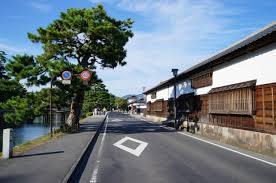
In the area centered on Matsue Castle, there are towns that preserve the samurai culture of the Edo period, including the Koizumi Yakumo Memorial Hall and the Yakumo Former Residence. The director of the Koizumi Yakumo Memorial is Mr. Koizumi, the great grandson of Yakumo. If you are lucky, you can hear the story of Yakumo directly. The Horikawa Pleasure Boat is also rare. In winter, a whale appears in the ship.
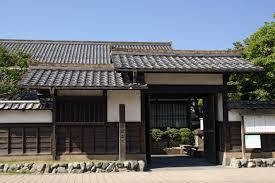
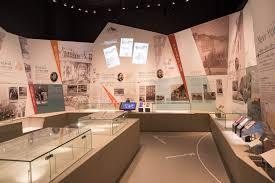
Miho Seki and Shimane Peninsula
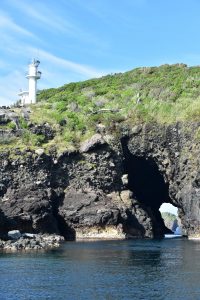
Located at the eastern end of the Shimane Peninsula, Miho Seki is a port town that once prospered as a port of call for Kitamae Ships. Aoishi-Tatami-Dori still leaves its mark.
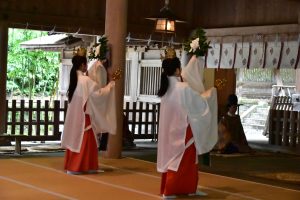

Miho Shrine, located in the center of the town, is the main shrine of the shrine dedicated to the god of Edo. It is also a stage of the myths of the state given in the Kojiki, and in April and December there is still a festival for the myths of the state given to the country.
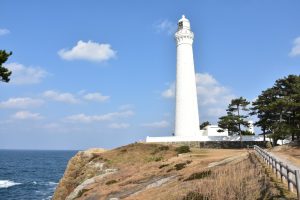
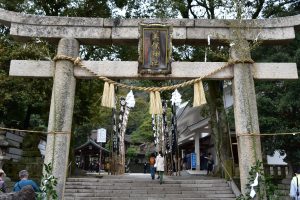
The peninsula from Mihoseki to Nisshogu is called Shimane peninsula, and the north facing the Sea of ​​Japan boasts a beautiful view of the Rias coast, which is also recognized as a Japan Geopark. The atmosphere of a small cave called “Shiga” called Kaga’s “Shido” and small villages dotted on the peninsula called “Ysuiura” leaves a good old Japan landscape now.
Hirosemoti and Aizen
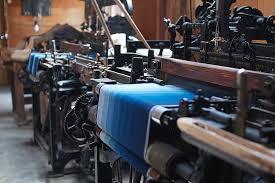
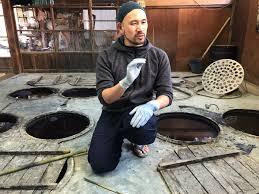
Amano Ashiya located in Hirosecho, Yasugi City, is a 150-year-old silk dyeing workshop. We have continued yarn dyeing and weaving for weaving the locally produced Hirose silk from generation to generation.
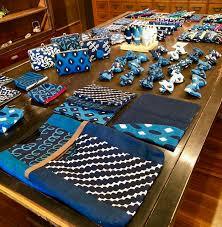
Osamu Amano, who is the fifth generation, also has his own unique pattern dyed under the artist name “Blue Aoi”.
In addition to a tour of the workshop, we also hold an eye-painting experience class. You can make washcloths, T-shirts, etc.